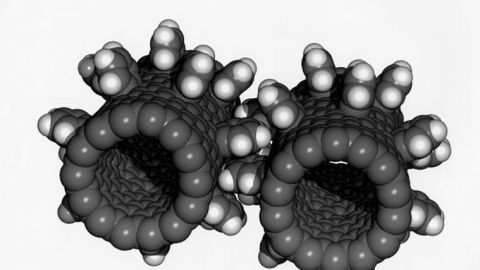Nanotechnology To Usher In Smart Aviation

What’s the Latest Development?
Nanotechnology could revolutionize aviation efficiency and communication, transforming molecular-sized machines into ‘smart dust’ that could be embedded into aircraft by 2020, say aviation engineers. “The concept is an extension of the current trend in avionics design to adaptive control, with increasingly compact sensors more widely distributed to improve the performance of fly-by-wire control systems, which intelligently adjust aircraft control surfaces to a pilot’s intended course.”
What’s the Big Idea?
Nanotechnology, or the development of machines on a microscopic scale, continues to inspire engineers about what the future may look like, but its development is not a sure thing. Many future hopes for nanotechnology depend on the fulfillment of Moore’s Law, an axiom that states computer power doubles every two years. While the exponential rate of improvement has held out for 40 years, many think that by 2020, computing as we know it will have reached its limit. While Moore’s law is specific to integrated circuits, the miniaturization of machines might continue by other means.





